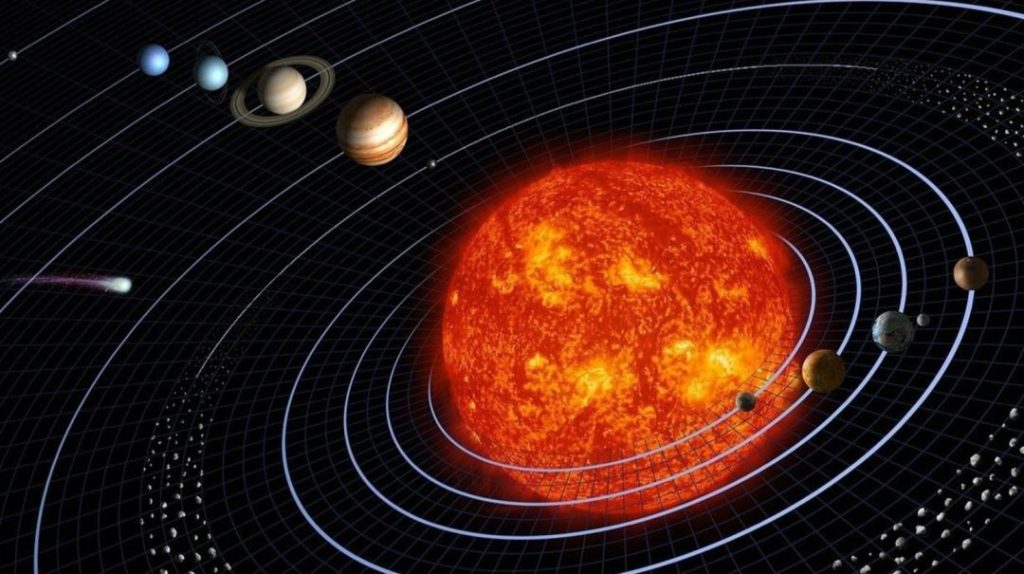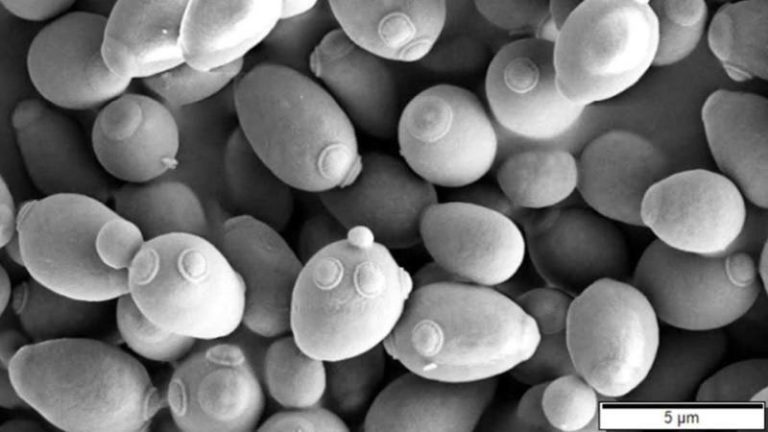
What are Average Temperatures of Planets in Our Solar System?
When it comes to temperature, our planet Earth is home to a diverse range of conditions. From the scorching heat of deserts to the freezing cold of polar regions, our planet’s temperature varies greatly. But how do the other planets in our solar system compare? In this blog post, we’ll take a look at the average temperatures of all the planets in our solar system and explore what makes each one unique.
According to NASA, the average temperature of Venus is 464°C. This is the hottest planet in our solar system, and it’s not hard to see why. Venus has a thick atmosphere that traps heat, creating a runaway greenhouse effect. This means that the planet’s surface is always hot, with temperatures reaching as high as 462°C in some areas.
Mercury, on the other hand, has an average temperature of 167°C. This may seem like a relatively mild temperature compared to Venus, but it’s still much hotter than Earth. Mercury is closest to the sun, which means it receives a lot of direct sunlight. This, combined with its thin atmosphere, makes it one of the hottest planets in the solar system.
Mars, often referred to as the Red Planet, has an average temperature of -65°C. This is much colder than Earth, and it’s one of the reasons why humans haven’t yet been able to establish a permanent settlement on the planet. Mars has a thin atmosphere, which means it has no greenhouse effect to trap heat. This, combined with its distance from the sun, makes it a very cold place.
Jupiter, the largest planet in our solar system, has an average temperature of -110°C. This is much colder than Mars, and it’s one of the reasons why there are no human settlements on the planet. Jupiter is a gas giant, meaning it has no solid surface. This makes it difficult for humans to explore, and it’s not suitable for human habitation.
Saturn, another gas giant, has an average temperature of -140°C. This is even colder than Jupiter, and it’s one of the reasons why there are no human settlements on the planet. Saturn has a beautiful system of rings, but the temperatures on the planet make it inhospitable to human life.
Uranus and Neptune, the two ice giants in our solar system, have average temperatures of -195°C and -200°C, respectively. These temperatures are much colder than the other planets in the solar system, and they’re one of the reasons why humans haven’t yet explored these planets.
Earth, of course, has an average temperature of 15°C. This is much warmer than the other planets in the solar system, and it’s one of the reasons why humans are able to live here. Our planet has a thick atmosphere, which traps heat and creates a greenhouse effect. This, combined with the presence of liquid water, makes Earth suitable for human habitation.
In conclusion, the average temperatures of planets in our solar system vary greatly. From the scorching heat of Venus to the freezing cold of Uranus and Neptune, each planet has its own unique characteristics. While some planets are suitable for human habitation, others are not. As we continue to explore and learn more about our solar system, we may discover new planets that are capable of supporting human life.
News Source:






